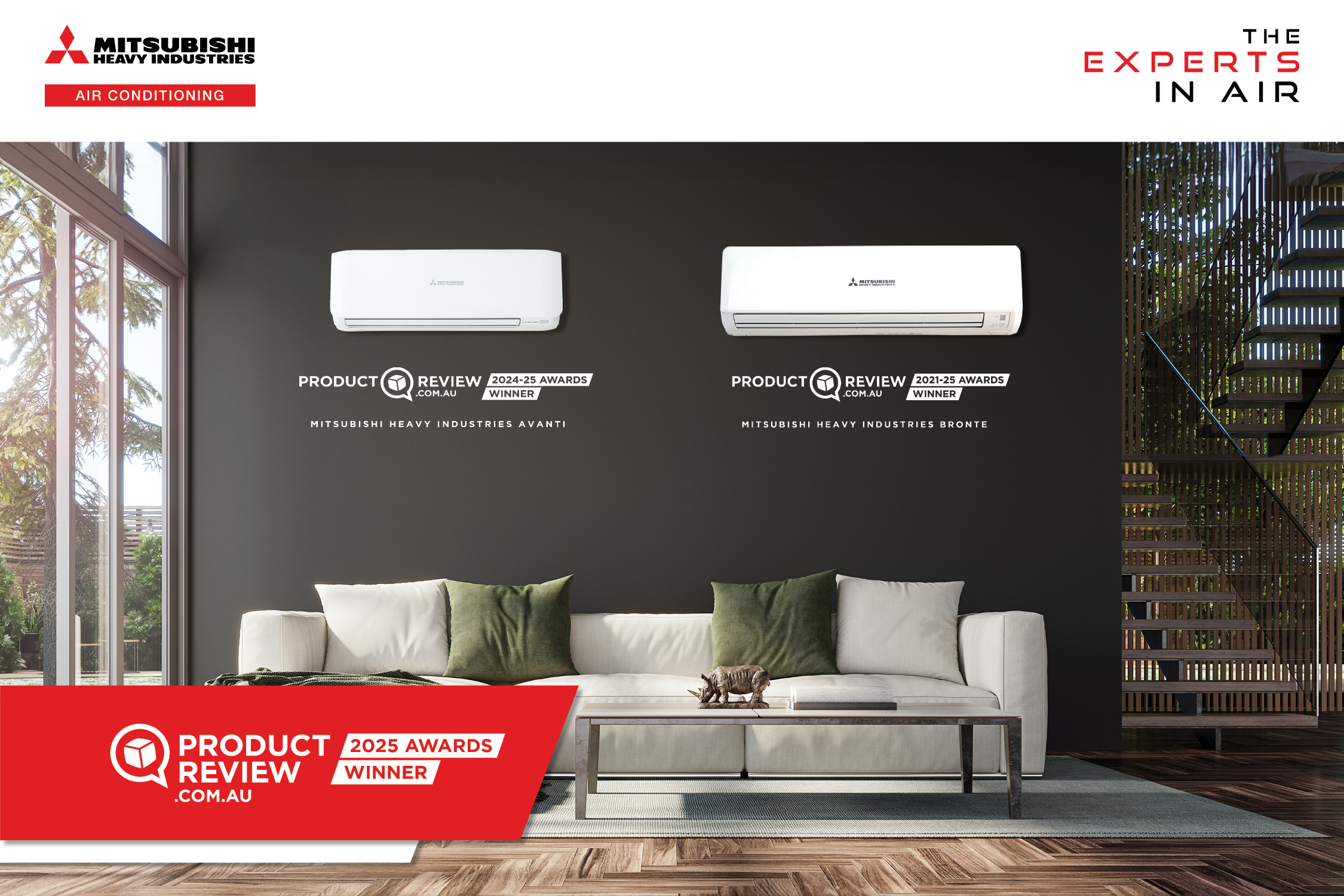A research team from the University of Illinois Urbana-Champaign (UIUC) and University of California (UC) Berkeley has published a paper that explores a new cooling method for electronic devices.
Electronic devices often generate high temperates, and these need to be cooled to prevent the device being compromised or damaged. Traditionally, exisiting cooling methods can have three problem areas:
- Materials can be expensive – such as heat spreaders made of diamond.
- Conventional heat spreaders need a spreader and a heat sink. The heat sink directs the flow of heat towards the spreader, which is installed on top of the device. However, most of the heat is generated from underneath the electronic device, not on top.
- Most heat spreaders need a layer of “thermal interface material” between the spreader and the device.
The team believes the invention addresses these problems.
Lead author of the paper and UIUC PhD student in mechanical engineering Tarek Gebrael explains the primary material used is copper, which is inexpensive compared to materials like diamond.
Gebrael says the copper coating “engulfs” the device, covering all exposed surfaces. The electronic device and copper coating also act as a single device, meaning there is no need for a thermal interface material or heat sink.
The team compared the coatings to standard heat sinking methods.
“What we showed is that you can get very similar thermal performance, or even better performance, with the coatings compared to the heat sinks,” Gabrael says.
Due to the smaller size without the heat sink, this also translates to a higher power per unit volume. The team were able to demonstrate a 740 per cent increase in the power per unit volume.
Associate professor of mechanical science and engineering at UIUC and co-author of the paper, Nenad Miljkovic, says the work has enabled them to use a non-siloed electro-thermo-mechanical technology development approach to develop a solution to a difficult problem for multiple industries.
The team are still investigating the reliability and durability of the copper coatings, which could be instrumental in gaining industry acceptance. While it has been proven the coatings can be used both in air and in water, they are now focusing on how the copper reacts in boiling water, boiling dielectric fluids, and high-voltage environments.
They hope the new technology will be useful across a variety of industry and commercial applications, including areas like data centre thermal management and power electronics cooling.
The full research paper is available to read here.



Leave a Reply